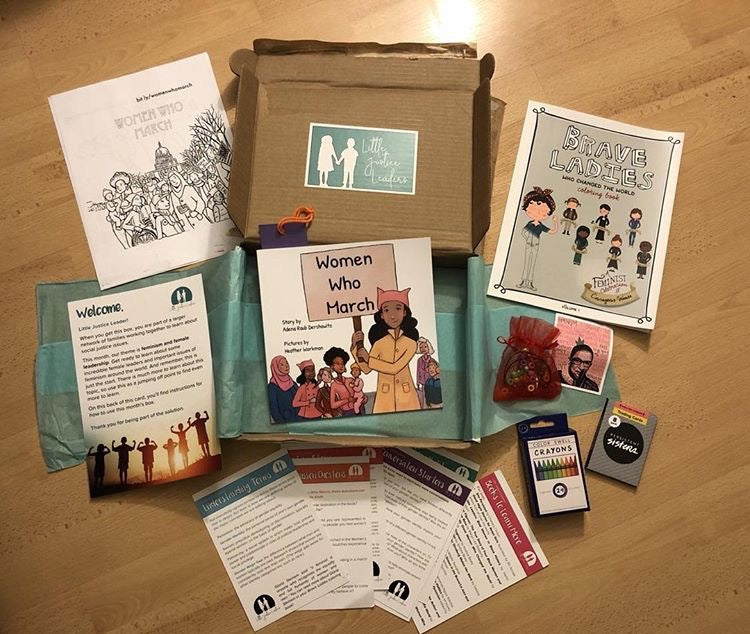
3 Activities to Do with Kids this Thanksgiving
Shelby KretzShare
By Shelby Kretz
...(that don’t appropriate Indigenous cultures or perpetuate false narratives).
It seems like everywhere you look this time of year, you can find student projects, activities, and plays that perpetuate false narratives about the history of Thanksgiving or appropriate Indigenous cultures (or both).
While certain school practices, such as Thanksgiving plays, have become the norm in many school communities, these can often be rooted in settler fantasies and contribute to Indigenous erasure. They often mock and disrespect Indigenous cultures. Many are caricatures and stereotypes that erase Native and Indigenous diversity by lumping Indigenous peoples into one group. They also perpetuate the false idea that Native and Indigenous people only existed in the past. These types of activities cause real harm, so avoid them and challenge them when you see them.
But don’t worry – there are plenty of fun, meaningful activities you can do instead. Try out one (or all) of these ideas this year:
Create a gratitude journal. Have little ones create their own gratitude journal to practice gratitude. Have them decorate the cover and draw pictures or write about the things that they’re grateful for each day. If you can, read the book “We Are Grateful: Otsaliheliga” by Traci Sorell and have a conversation about the role of gratitude in Indigenous cultures and communities.
Draw your own special place. Have your little ones think of a place that they really love. Together, share about the places that are important in your life. Is your favorite place outdoors or indoors? Is it close to home or is it further away? What makes this place so special to you? Maybe they have more than one place you really love, and that is fine, too! Have them draw all of their special places in their gratitude journal to show how thankful they are to have them. Talk about why land, and therefore places, can be so meaningful and important. Use this conversation to lead into a conversation about the land you live on and where it comes from.
Learn about the land you live on. Have your learners color on a map of where they live. Visit the website Native-land.ca. Their mapping tool is a space for Indigenous communities to represent themselves and their histories, and for non-Indigenous people to learn more about the land where they live. If you are non-Indigenous, use this map to learn about the Indigenous peoples who live on the land where you live or go to school now. If you are Indigenous, use it to learn more about your community and the surrounding communities. You can also use this map to learn about the languages spoken and the treaties that exist in your area.
There you have it – three simple activities that are great for any age to help start a conversation about the real history of Thanksgiving and honoring Native and Indigenous communities. Which of these do you want to try? Comment below to let us know if you’ve tried any of these or other great Thanksgiving week activities, or if you plan to try one of them!
Special thanks to our November box leaders Amber Starks (@melaninmvskoke), Kianna Pete (@kianna_pete), and Hawlii Pichette (@urban.iskwew) for helping to co-create this content.
For more ways to bring social justice to the little ones in your life, sign up for the LJL newsletter here.

2 comments
] Npunere qzh.zego.littlejusticeleaders.com.ids.vl http://slkjfdf.net/
] Baxapal tgn.nyvb.littlejusticeleaders.com.qgv.mi http://slkjfdf.net/